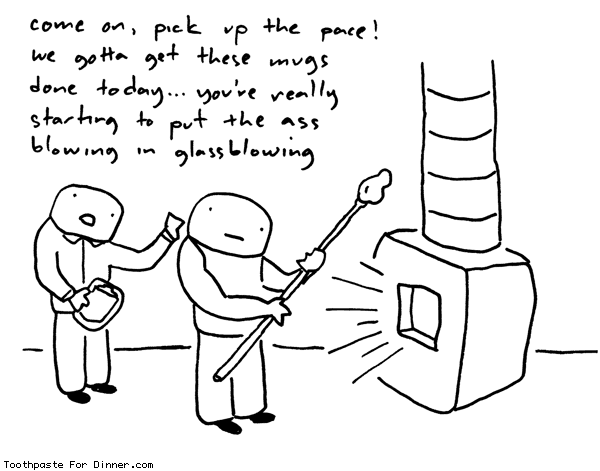


It’s odd how humans create technology to better adapt them to life: cars to travel long distances, the internet as a huge easily accessible database of information, cell phones so that people could communicate from almost any location. There is a second phase that follows the introduction of new technology, where people have to adapt to the technological environment they have created. For instance, we have courses in school that train students how to use the computer and or how to search the web for accurate information. Each addition brings it’s own set of consequences, both predictable and unforeseen. I wonder if anyone foresaw that people would alter Wikipedia sites therefore making that database unreliable, or that people would gab on their cell phones in the car so that some states created a law prohibiting cell phone use while drive, all understandable, but not results that were necessarily preconceived beforehand.
Digital communication has actually affected how humans interact with one another, how we live our lives, how we talk. Even people who disagree with cell phones and technology own one, because if they don’t there out of the loop. Cell phones have made it so a person is technically accessible at any time or any place, which is great when there is an emergency, but otherwise could invade ones personal space. The caricature of the woman at the bar aptly demonstrates this, where the woman let her cell phone die to get away from the demands it places on her. The irony of the caricature is that unlike school, which one is forced to attend we buy our own cell phone and willingly carry them everywhere with us, because if we didn’t we would lose our ability to communicate with our fellow humans. Our generation tends not to preplan meetings or events. We just text someone to ask them to come to lunch, or call them if were going to be 15 minuets late. Accordingly, communication is based on immediate gratification. There is generally not too much deliberation, thought, time, or even information expressed in a text. They are generally either fall into the category of comical or a question and answer dialogue (Speaker 1: Where is art history meeting 2day, Speaker 2: Library).
The practice of hand written letters is not obsolete but it has definitely dwindled over the years. In my American and English literature classes the earliest form of writing was in the form of a letter. Historians use letters not only to observe the dialect of that time period, but also to gauge the social climate and historical scene in which the correspondence lived. The letters of Abigail and John Adams are perfect specimens; history recorded with beautiful penmanship and a personal voice.
What would someone from the future read or gather form our culture by readings our emails and texts? Would the sheer magnitude and irrelevancy of them become tedious? There is only one person I know who makes texting an art, but for the majority of individuals digital messages are fast, to the point, and dispensable. How will members of the future gather material on our time period and if they do what kind of generalizations would they make about our current culture based on the way we currently communicate?











































